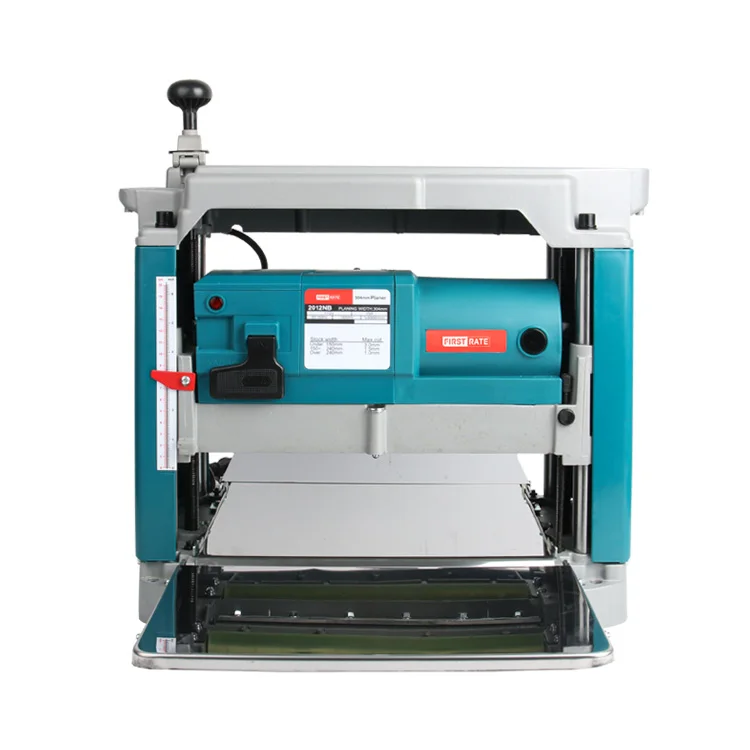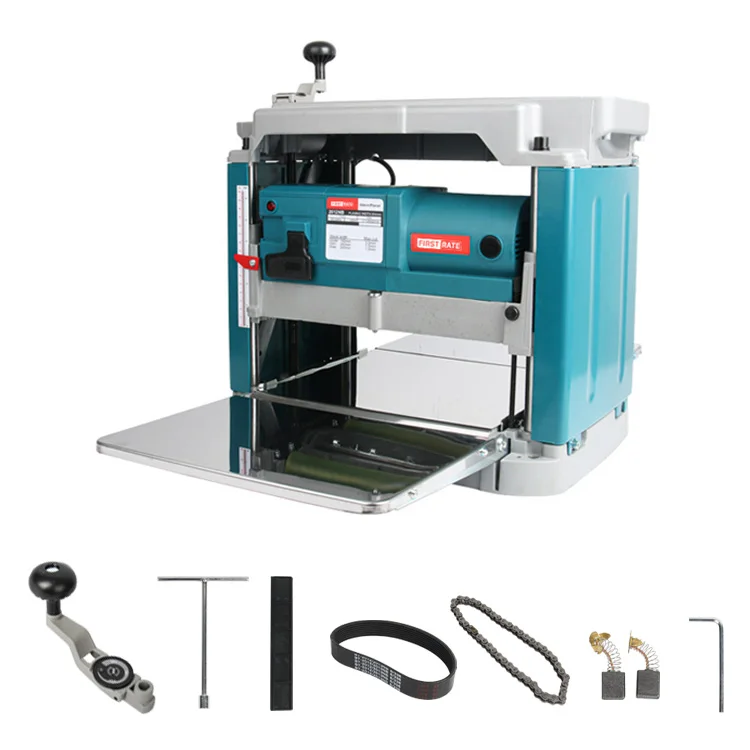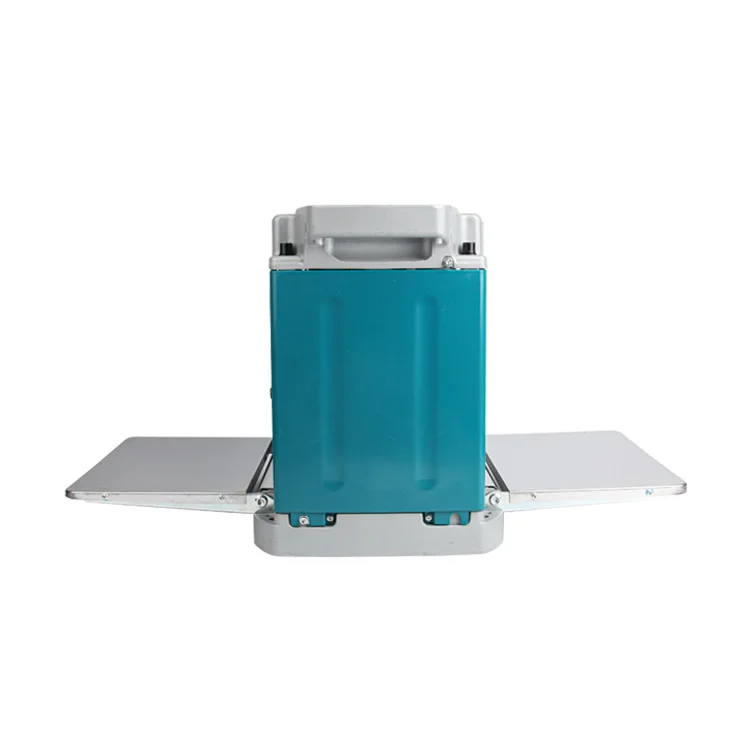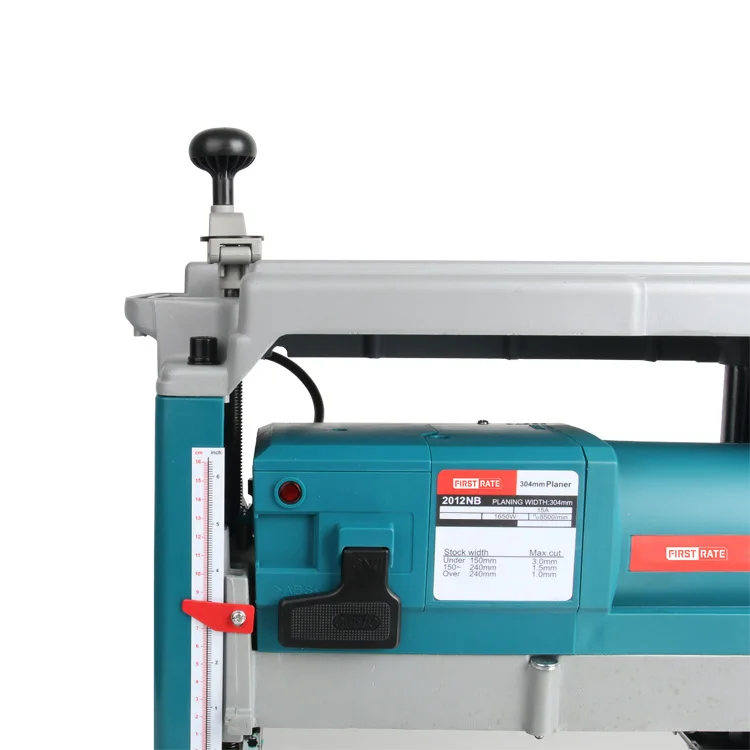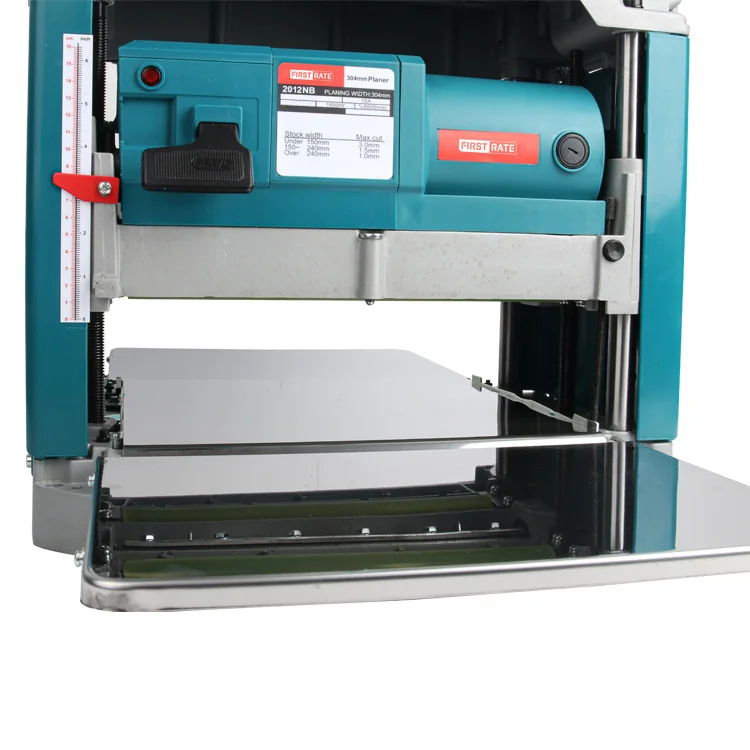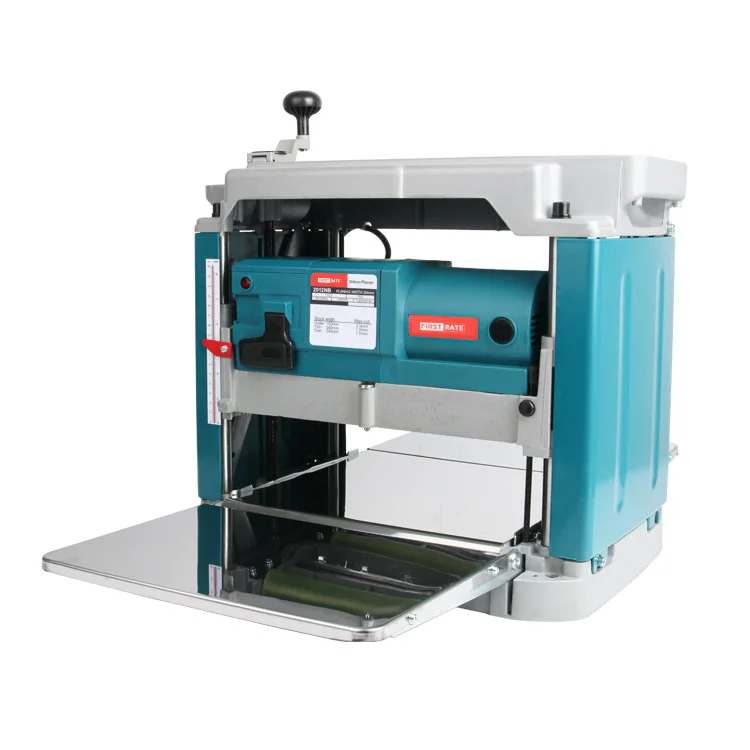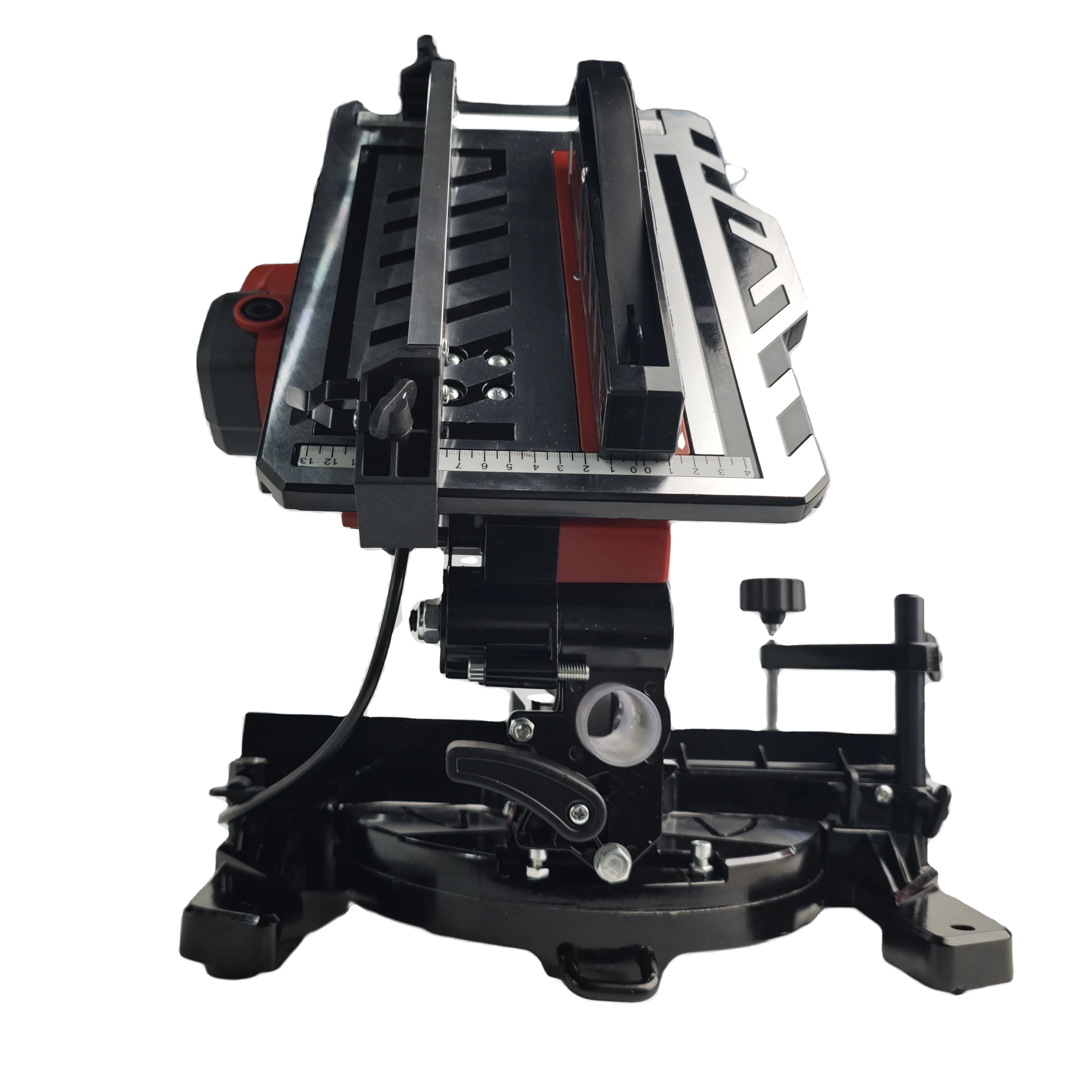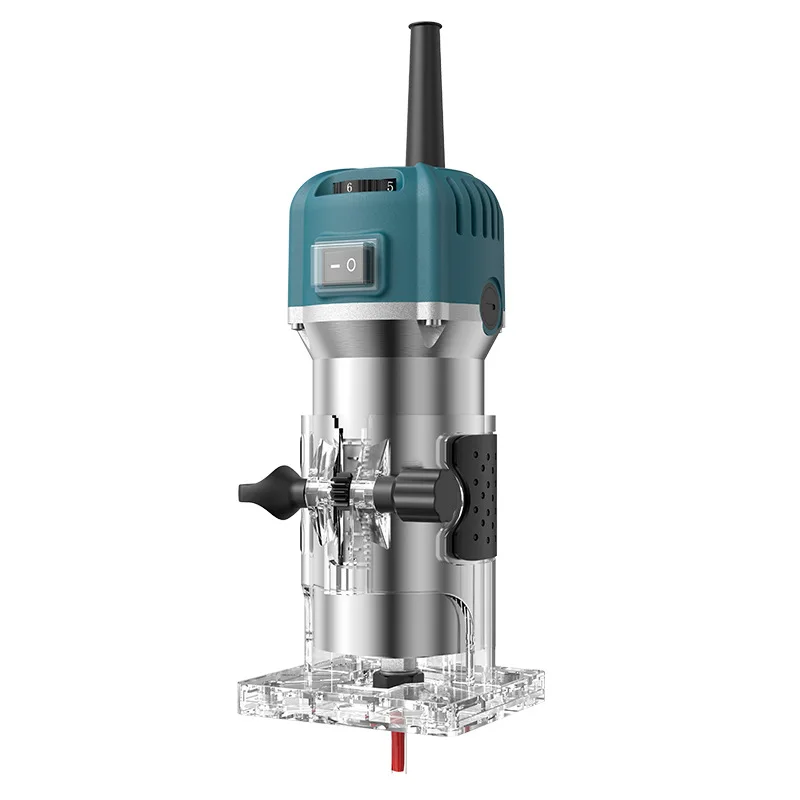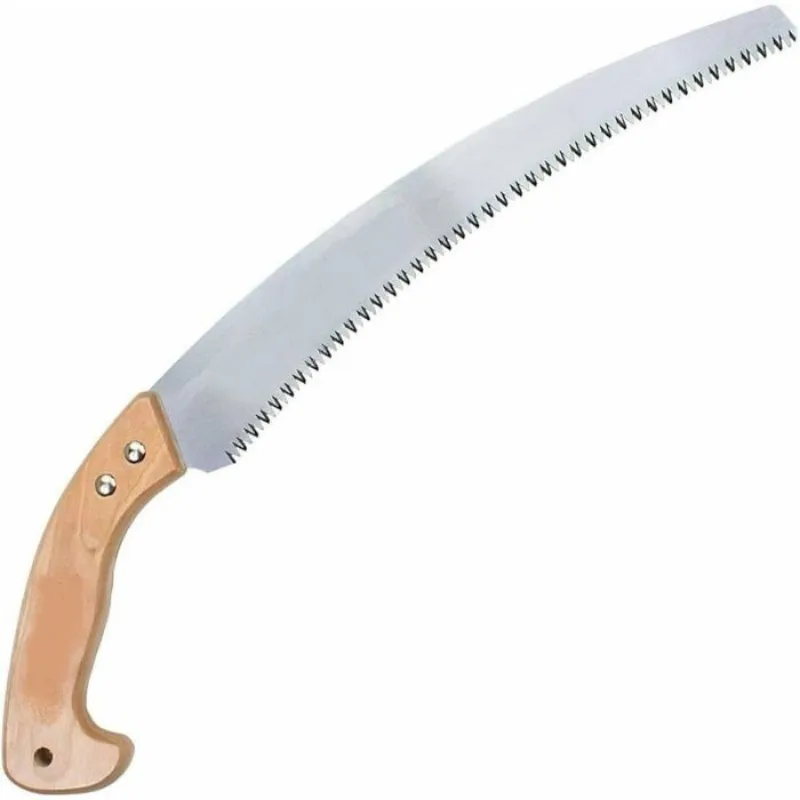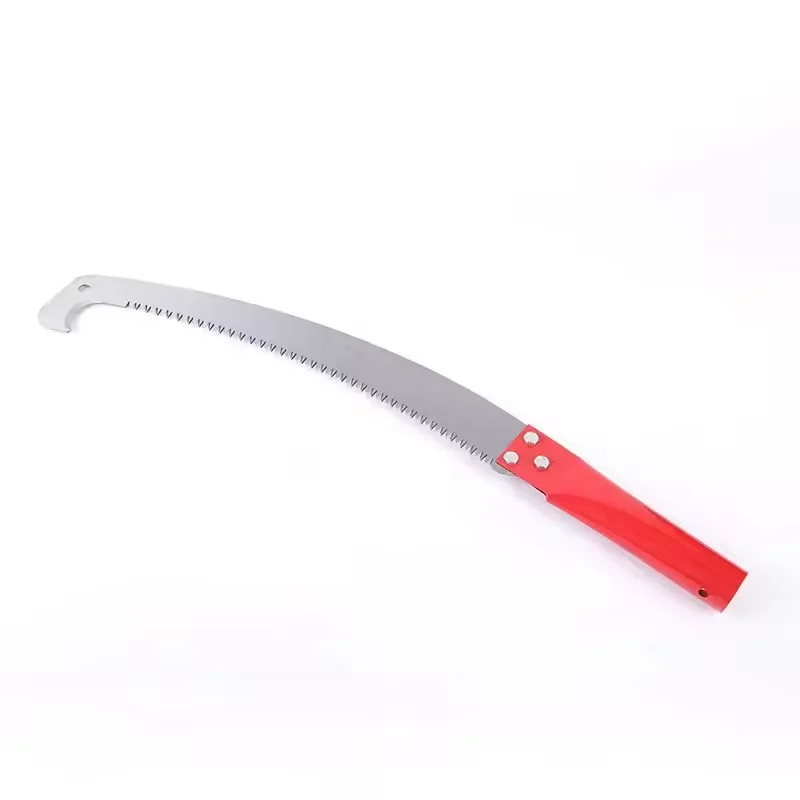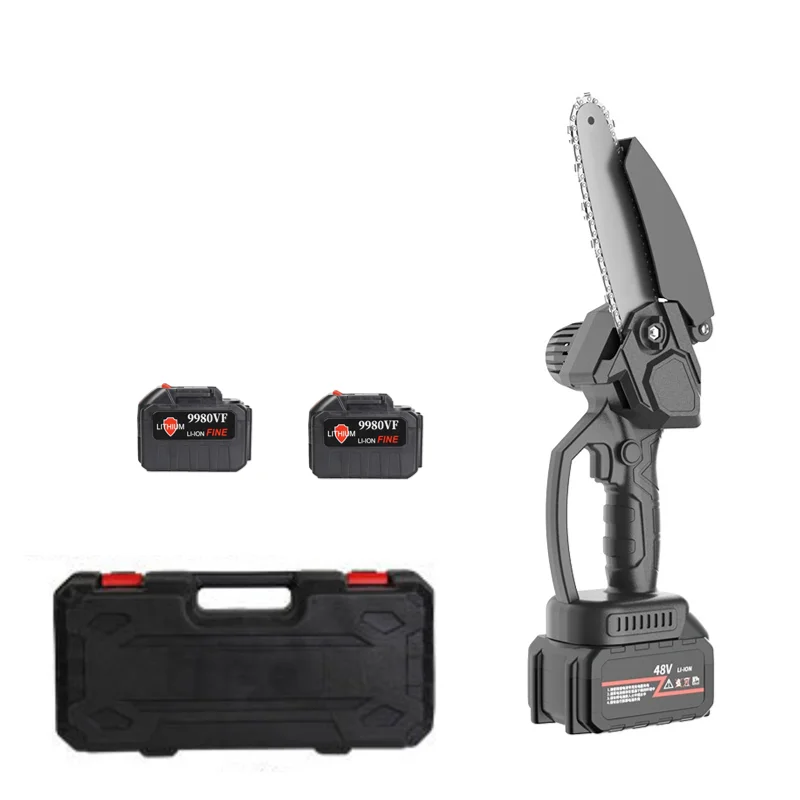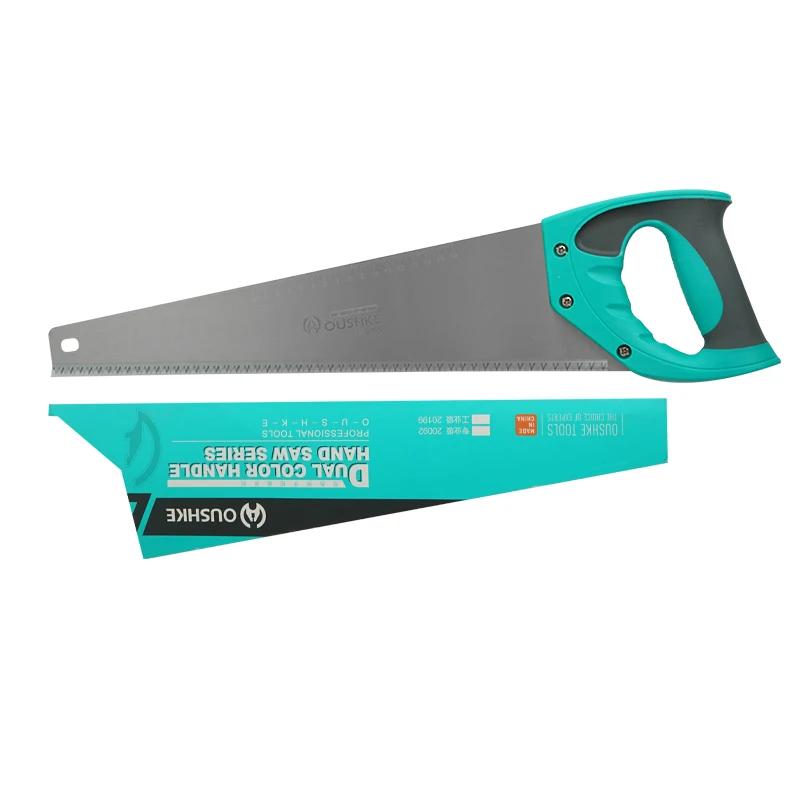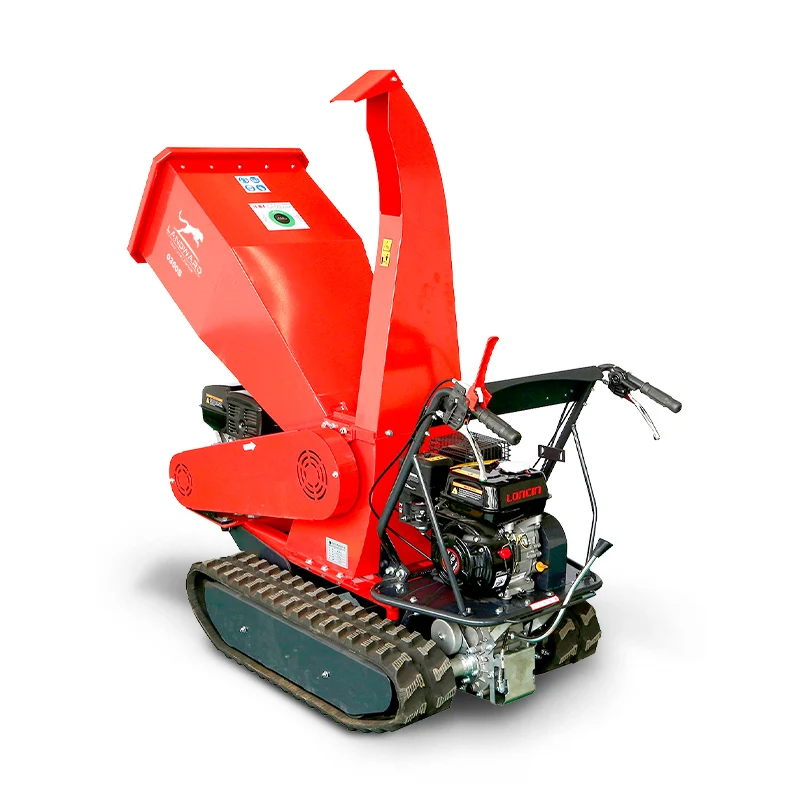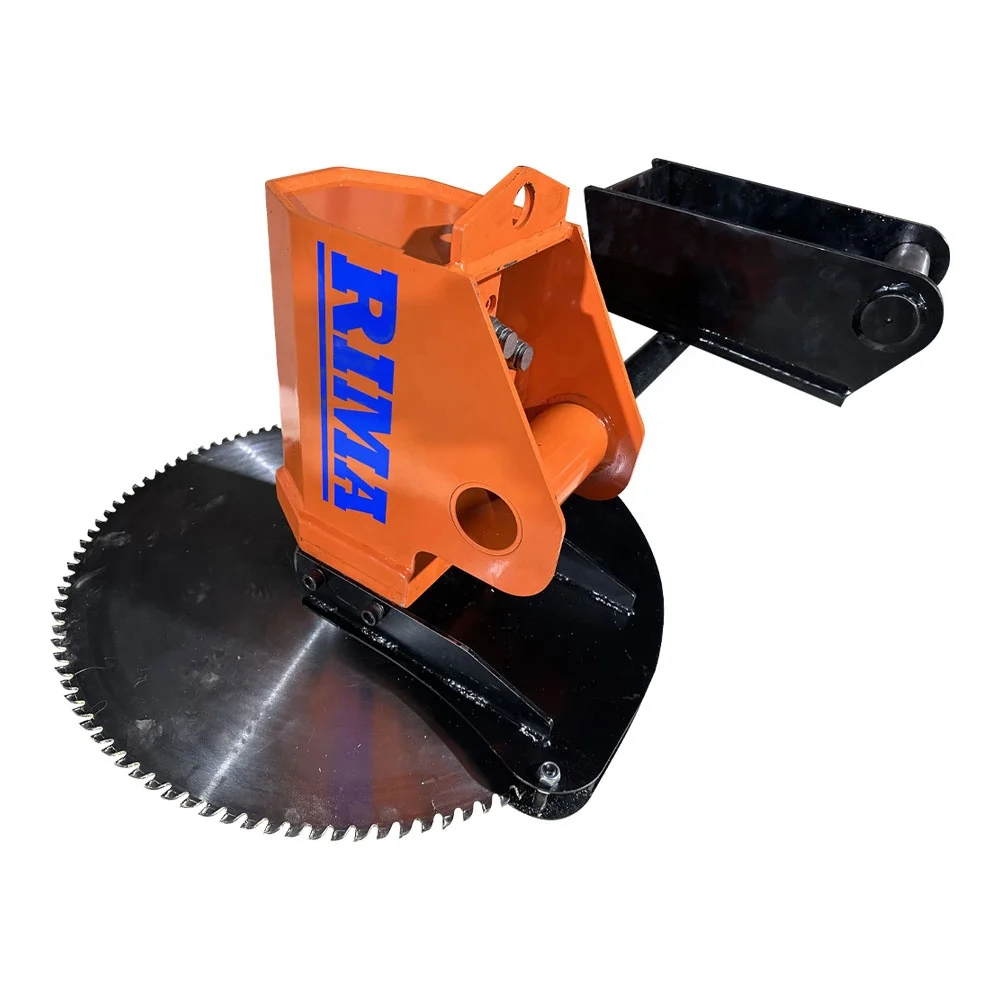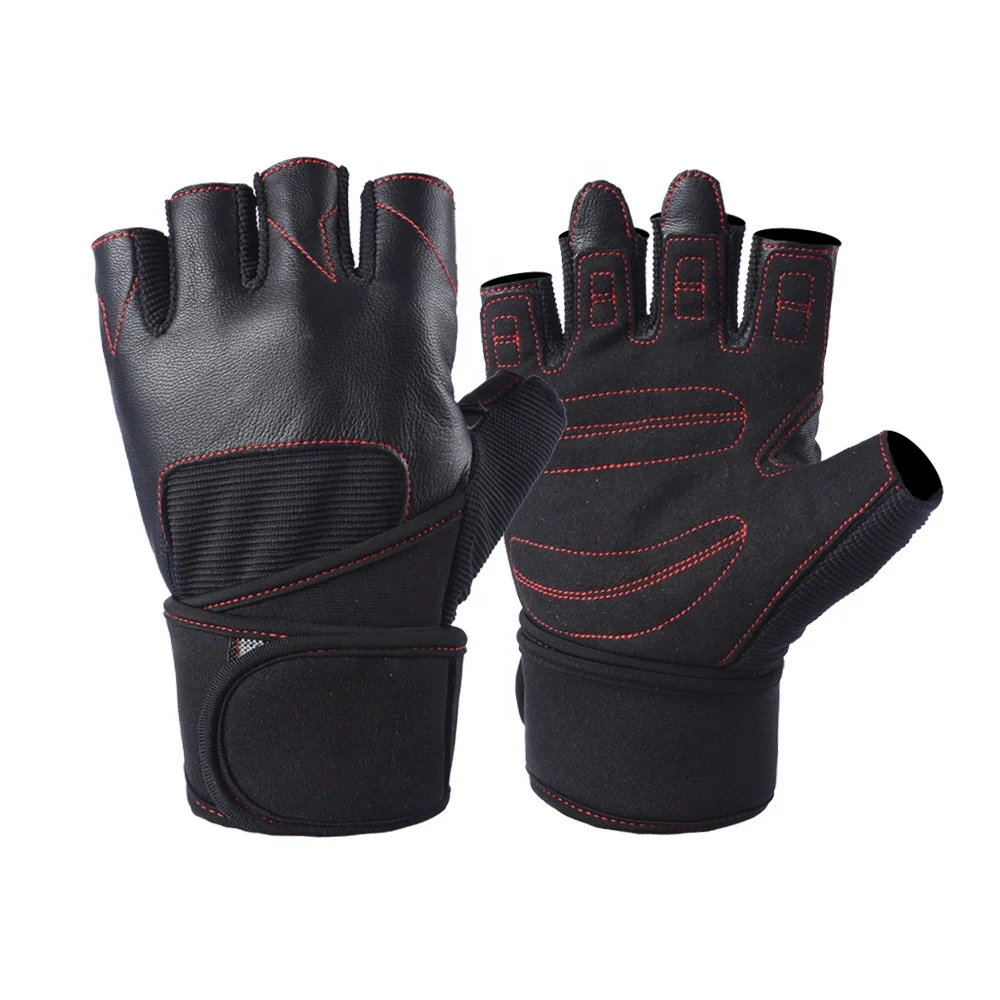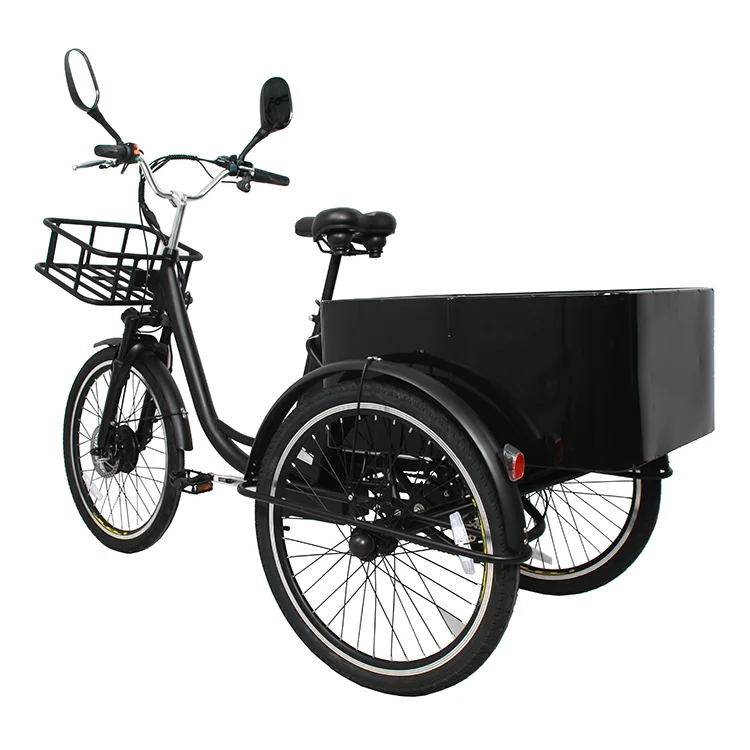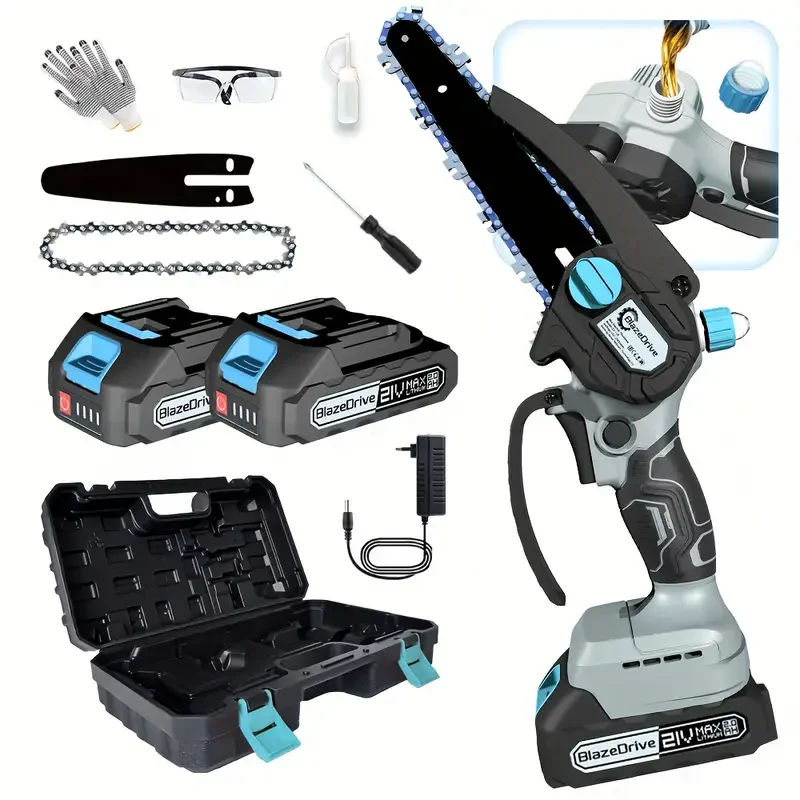Single Sided Wood Planer Thickness Planer Machine Small Size Cheaper Other Woodworking Planer Machines
- Category: >>>
- Supplier: Changzhou First Rate Industry And Trading Co. Ltd.Changzhou Ltd.
Share on (1601056105144):
Product Overview
Description
Products Description

item | value |
Grade | DIY, Industrial |
Warranty | 1 year |
Power Source | Electric |
Customized support | OEM, ODM |
Place of Origin | China |
Jiangsu | |
Motor | 220V/60HZ |
No-load power | 1650W |
Phase | 1 phase |
Power cord | 3m |
Cutting width Max | 304mm |
Feed Rate/min | 8.5m |
No load speed | 8500rpm |
Company Profile

First Rate has been specialized in providing power tools OEM service for over 20 years.
With modernized production lines, wesupply a full range of corded and cordless tools for wholesalers and brand owners. We work hard with an unwavering commitment tobe the perfect extension of your business by covering from R&D, manufacturing to comprehensive service through your order.
Our Story
______________________________________________________________________________________________________________________

Why Choose Us
______________________________________________________________________________________________________________________
1. Strict quality control
Controlling is in Every Step All parts will stand tests and only the qualified ones will be sent to the assemble line.
*Orientation Drop Test - The tools are dropped from 1m high onto the concrete floor by different impacting point.
The electricalsafety shall not be influenced.
* No-load Running Test - Plug the tools in to have them run with no load for 48 hours. After the test, the tools shall conform
toUL & EN certifications.
* Performance Test - We conduct a random inspection by the percentage of 1% out of each order.
Controlling is in Every Step All parts will stand tests and only the qualified ones will be sent to the assemble line.
*Orientation Drop Test - The tools are dropped from 1m high onto the concrete floor by different impacting point.
The electricalsafety shall not be influenced.
* No-load Running Test - Plug the tools in to have them run with no load for 48 hours. After the test, the tools shall conform
toUL & EN certifications.
* Performance Test - We conduct a random inspection by the percentage of 1% out of each order.
The tools will carry its own taskon the applied materials as the consumers would.

2.Certifications
All products are certified by GS, CE, and UL, and are sold worldwide in Europe, Southeast Asia, North America, South America, theMiddle East, and Africa.
3. Professional team
A professional team with fast-response customer service and after-sales support.
A professional team with fast-response customer service and after-sales support.
Fitting Your Preference and Market
We value the users' review on our products and we know you have been searching for the marketable power tools for wholesale and
distributing purpose.
distributing purpose.
Packgage Design
For newly established businesses with no designing capacity, we provide you with package designing service.
Communicate with our art designer to make your products the unique ones.
Communicate with our art designer to make your products the unique ones.
Warranty & Support
All of our products are made withcare and covered for one year against manufacturing defects.If there is a quality issue(rare),
we will take full charge of it and help to tackle it well.
we will take full charge of it and help to tackle it well.
4. Customer testimonial
With over 20 years of industry experience, we have earned the trust of global B2B customers.
With over 20 years of industry experience, we have earned the trust of global B2B customers.


Contact Us
______________________________________________________________________________________________________________________

FAQ
______________________________________________________________________________________________________________________
1.What is the electric planer best for?
The electric planer is ideal for a variety of woodworking tasks, including: Smoothing
rough or uneven lumber surfaces Preparing wood for joinery or other woodworking projects Beveling or chamfering edges to create precise angles Removing imperfections or warping from wood planks
2. What are the key features of the electric planer?
This electric planer is packed with features that enhance its performance and usability: Powerful motor: The 1650W copper wire motor delivers ample power for handling even the most demanding planing tasks.
Spacious cutting width: With a maximum cutting width of 304mm (12"), the planer can tackle wide planks with ease. Precise depth adjustment: Accurately control the depth of cut from 0 to 3mm, ensuring consistent results.
Variable feed rate: Adjust the feed rate from 0 to 8500/min to match the specific material and
desired outcome. Durable steel blade: The high-quality steel blade provides clean, precise cuts and can be easily sharpened.
3.What safety precautions should I take when using the electric planer?
The electric planer is ideal for a variety of woodworking tasks, including: Smoothing
rough or uneven lumber surfaces Preparing wood for joinery or other woodworking projects Beveling or chamfering edges to create precise angles Removing imperfections or warping from wood planks
2. What are the key features of the electric planer?
This electric planer is packed with features that enhance its performance and usability: Powerful motor: The 1650W copper wire motor delivers ample power for handling even the most demanding planing tasks.
Spacious cutting width: With a maximum cutting width of 304mm (12"), the planer can tackle wide planks with ease. Precise depth adjustment: Accurately control the depth of cut from 0 to 3mm, ensuring consistent results.
Variable feed rate: Adjust the feed rate from 0 to 8500/min to match the specific material and
desired outcome. Durable steel blade: The high-quality steel blade provides clean, precise cuts and can be easily sharpened.
3.What safety precautions should I take when using the electric planer?
Safety is paramount when operating any power tool. Always adhere to these guidelines: Wear appropriate protective gear: Equip yourself with safety glasses, ear protection, and a dust mask for a safe working environment.
Inspect the planer before use: Check that the blade is sharp, the power cord is undamaged, and all parts are functioning correctly.
Secure the workpiece: Clamp or firmly hold the workpiece to prevent movement during planing.
Maintain a consistent feed rate: Avoid pushing the planer too fast or too slow for optimal results.
Maintain a consistent feed rate: Avoid pushing the planer too fast or too slow for optimal results.
Overlap each pass slightly: Ensure smooth transitions and prevent ridges by overlapping each pass of the planer. Use proper technique: Keep the planer level and avoid tilting it to maintain consistent planing.
4.What factors should I consider when choosing an electric planer?
When selecting an electric planer, consider these key factors: Motor power: A higher wattage motor indicates a stronger motor for handling challenging materials.
Cutting width: Choose a planer with a cutting width that suits the dimensions of your typical projects.
Depth adjustment: Consider the maximum depth adjustment range for your planing needs.
Feed rate: Adjustable feed rate allows you to control the material removal rate.
Weight and portability: If portability is important, opt for a lighter and more compact planer.
5.How do I maintain the electric planer for optimal performance?
Proper maintenance ensures the longevity and performance of your electric planer: Clean and sharpen the blade regularly: A sharp blade produces cleaner cuts and reduces strain on the motor.
Inspect the power cord for damage: Replace a damaged cord immediately to prevent electrical hazards.
Clean the dust collection system: Regularly remove wood shavings and debris to maintain airflow.
Store the planer properly: Keep the planer in adry, protected area when not in use.
We Recommend
New Arrivals
New products from manufacturers at wholesale prices
